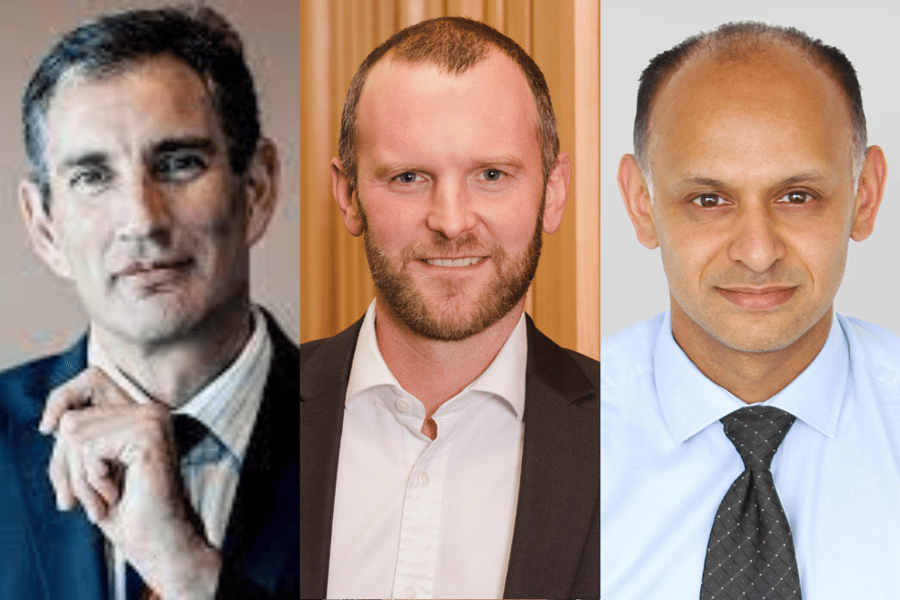Key outtakes for inflation, property and interest rates

In what was hailed as a ‘no frills’ budget, the government has provided some back pocket relief through cost of living relief measures to the tune of $2.6 billion.
It has earmarked $77bn for infrastructure and resilience, $1bn for cyclone recovery, and $1bn for the healthcare workforce, with the addition of 500 nurses.
Announcing the government’s spending plan on Thursday afternoon, Finance Minister Grant Robertson described Budget 2023 as “support for today, building for tomorrow”. He summed up the economic backdrop as “challenging”, referring to global economic and political turbulence, high inflation, the hangover of COVID-19 and the impacts of climate change through significant and more frequent weather events.
A big focus for the 2023 budget was the cost of living, to which Robertson said the budget responded in a “targeted and responsible way”.
Cost of living relief includes extending the 20 hours of ECE to two-year-olds, removing the $5 prescription co-payment, free public transport for children under 13, KiwiSaver contributions for paid parental leave, and cheaper power bills through an expanded Warmer Kiwi Homes Programme.
Financial Services Council chief executive officer Richard Klipin (pictured above left) said the organisation had called for the government to reduce some of the stress that Kiwi households were under without adding to inflation pressures, while addressing some of the deficits around infrastructure and investing for the long term.
Noting that the budget was a “tricky balancing act”, Klipin said that the government had done an effective job of balancing what they needed to balance.
He noted that Treasury forecasts showed that unemployment (currently 3.4%) would rise to 5.3% by the end of 2024, and that due to weaker demand, inflation (6.7% in the year to March 2023) was projected to drop below 4% by the start of 2024. GDP growth is forecast to fall to 1% in the year to June 2024, averaging 2.7% thereafter.
Due to economic activity associated with the recovery and rebuild of the North Island weather events, the Treasury no longer forecasts a recession over the remainder of this year.
“It’s looking like a softer landing rather than a harder landing, so the government has done an effective balancing act to manage those issues through,” Klipin said.
But as forecasts are projections, Klipin also acknowledged that things could play out differently.
“With an election not far off, they’ve kept some powder dry for a whole range of likely promises,” Klipin said.
“It was always about not overspending and adding to inflation, which is really biting into Kiwi household expenditure, which remains a concern.”
CoreLogic property economist Kelvin Davidson (pictured above centre) said that from a property perspective, Budget 2023 was “fairly neutral”.
The government announced it would put $3.1bn towards 3,000 new public housing places, which Davidson said could prop up the wider construction sector, which was poised to slow over the next few years.
Infrastructure spending ($71bn over the next five years) represents an essential part of the ability to “grow housing stock in the right places” to cater for future population growth, he said.
In response to Treasury’s inflation forecast, showing a return towards 2% by March 2026, Westpac senior economist, financial markets Satish Ranchhod (pictured above right) said that the bank’s view was that the forecast was unlikely.
“The only reason we think inflation is going to hit those levels is because the Reserve Bank is going to have to continue hiking the cash rate, (they have indicated they want to take the cash rate to 5.5%),” Ranchhod said.
“We think they’re going to need to go further and hike it to 6%...without those sorts of increases, I think it’s unlikely we’re going to get inflation easing as the Treasury is projecting.”
If higher interest rates were needed to get inflation down, that would also challenge Treasury’s forecast for economic growth over the next couple of years, he said.
Ranchhod agreed with Treasury's view that a recession (where GDP is negative) is unlikely to happen this year, but said that the true picture was masked by a big increase in population growth.
“Seeing arrivals into the country surging, that’s going to underpin demand, but it is masking what is going to be quite a tough situation for a lot of households,” Ranchhod said.
On a per capita basis, household spending will be going backwards, he said.
“It might not be a recession for the overall economic numbers, but in terms of the conditions we will be facing, it will still be pretty tough,” Ranchhod said.
Commenting on Treasury's forecast for net debt to peak at 22% of GDP in the year to June 30, 2024, he said the big concern was that the Treasury had not accounted for the upswing in population growth. Based on the strength of applications, Westpac believes that there is more growth to come, and that increased pressure from a rising population would put more pressure on projections for government spending, he said.



